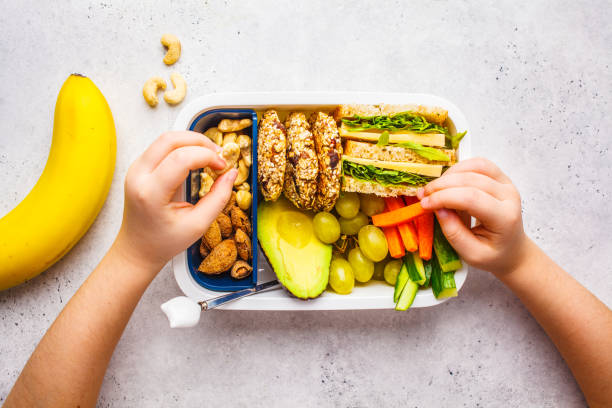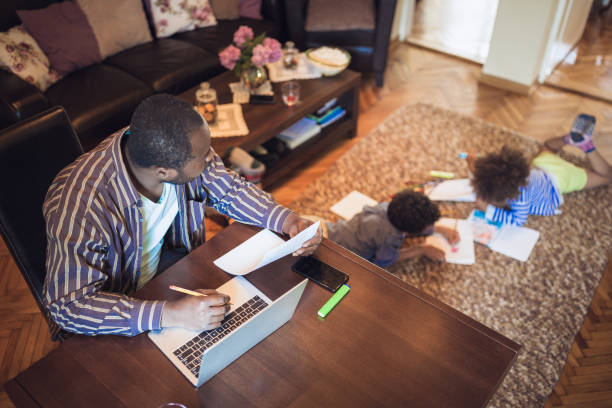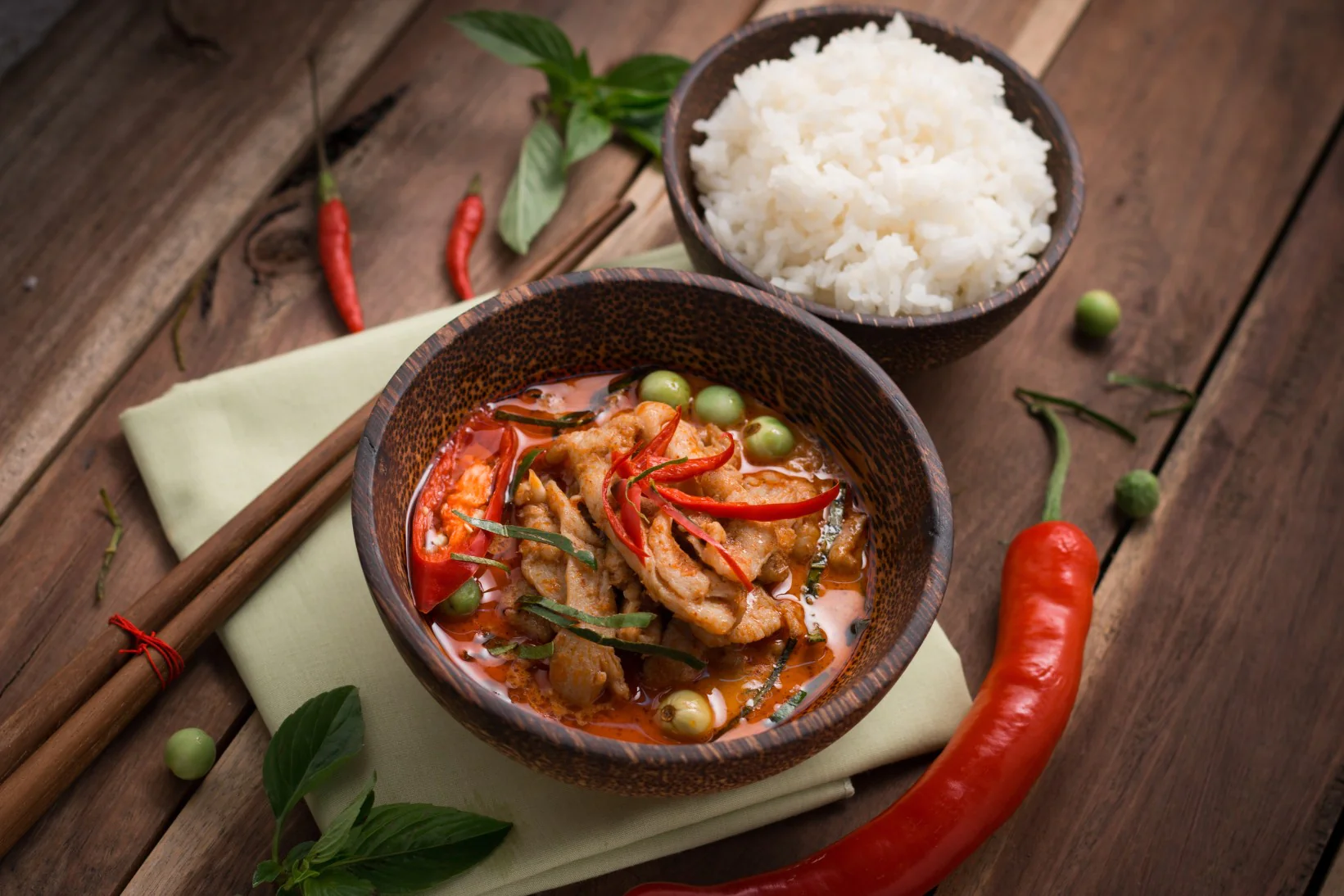Dressing your baby for comfort
Getting beautiful, safe and suitable fabric for your baby is an exciting challenge for which you must be prepared. Baby clothes can be practical and pretty but most of all,
Getting beautiful, safe and suitable fabric for your baby is an exciting challenge for which you must be prepared.
Baby clothes can be practical and pretty but most of all, they should be comfortable. A newborn baby will need at least four changes of clothes every day. You do not have to have different clothes for day and night – but it is a good idea to get into the routine of giving your baby a bath and then putting her in a stretch suit at bedtime. Most experts recommend that your baby should wear one more layer of clothing than you.
Babies do not always sweat, so it is hard to tell if your baby is too hot. A damp neck, fast breathing, or a cranky mood may all indicate that the baby needs to lose some clothing. During cool weather you can tell if your baby is too cold or if she is shivering by touching her chest or tummy. If either of these feels chilly she is too cold. Do not gauge the body temperature of a baby by how her feet and hands feel because both hands and feet of a baby can run cool simply because of how her circulatory system is developing.
Tips on choosing baby clothes
Avoid tight necklines as most babies hate having clothes pulled over their heads. It is good to select clothes, which open up and down the front or back.
Zips or front fastenings should be generous enough so you do not have to bend your baby’s legs double to get her into the suit, as this makes the baby uncomfortable and it spoils her legs.
Avoid frills around the neck because chances are that they will get damp with dribbles and this will make your child’s chin sore.
Make sure the feet of an all-in-one suit; socks and tights have enough room. If they are tight, you could damage your baby’s feet.
Avoid buckles and sharp fastenings, as this can be dangerous for your baby if mishandled. Instead get clothes with buttons.
Soft, stretchy fabrics are comfortable to wear and easier to dry than denim, cord or other tough fabrics.
Avoid open lacy-patterned cardigans and jumpers – little fingers can easily get caught in such patterns.
Choose play and stretch suits with fastenings down both legs, and then you do not have to take the whole thing off every time you need to change a nappy. Stretch suits are ideal as they not only keep your baby warm but they also allow her plenty of freedom to move around.
Choose clothes suitable for the time of year – warm, long-sleeved playsuits plus one or two outdoors pram suits or snowsuits for the cold season; short sleeved or sleeveless romper suits or dresses in the warm season.
Choose dungarees or stretchy trousers with bibs or straps and T-shirts or jumpers.
Remember…
Newborn baby clothing is generally in soft fabrics. Avoid synthetic fabrics, as they tend to suffocate the child since they do not let the baby’s pores breath. Since the newborn is very delicate, all that he or she is draped in should be soft, gentle and cute. The best part about buying newborn clothing is that one need not worry whether the baby will be boy or girl, because the clothing is made unisex and thus any sex can wear it. Clothes for babies are labelled under different ranges, from newborn to first birthday.
Published in August 2012





